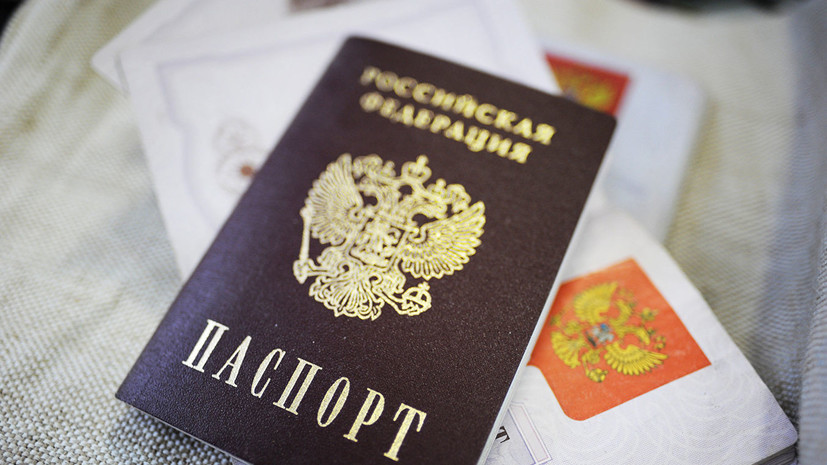
Russian banks rehabilitated more than 15 thousand clients who were blacklisted due to suspicions of violation of anti-money laundering legislation and the financing of terrorism. At the same time, according to Kommersant, about a million customers are on the lists.
“At the end of the year with little work, the picture is as follows: more than 15 thousand rehabilitations were carried out at the first level. This means that the banks themselves rehabilitated their customers. A much smaller number of complaints reached the [interagency] commission. That is, the rehabilitation mechanism works, ” said Mikhail Mamuta , head of the consumer protection and financial services accessibility service of the CBR.
According to the publication, about 420 thousand individuals were blacklisted, the rest were legal entities and individual entrepreneurs.
“15,000 rehabilitated people are very few, just a drop in the bucket,” says Denis Frolov, partner at BMS Law Firm.
The Central Bank of the Russian Federation has been compiling lists of customers who were denied service due to suspicions of violation of anti-money laundering legislation since 2017. A large number of complaints about unjustified blockages led to the launch of the rehabilitation procedure.
During this procedure, customers send documents to the bank confirming the need to transfer funds. In case of refusal, they turn to the interdepartmental commission under the Central Bank and Rosfinmonitoring, the decision of which is final.
The Central Bank noted that when considering a commission, about 45% of decisions are made in favor of business, and 55% are in favor of banks.
Earlier, in order to prevent the financing of terrorism, the Federation Council of Russia approved a ban on the replenishment of electronic wallets without identification for their owners.
In addition, in March, the State Duma banned withdrawing cash from anonymous cards and electronic wallets.
Follow BlockchainJournal on Twitter !
BlockchainJournal.news
BlockchainJournal.news

